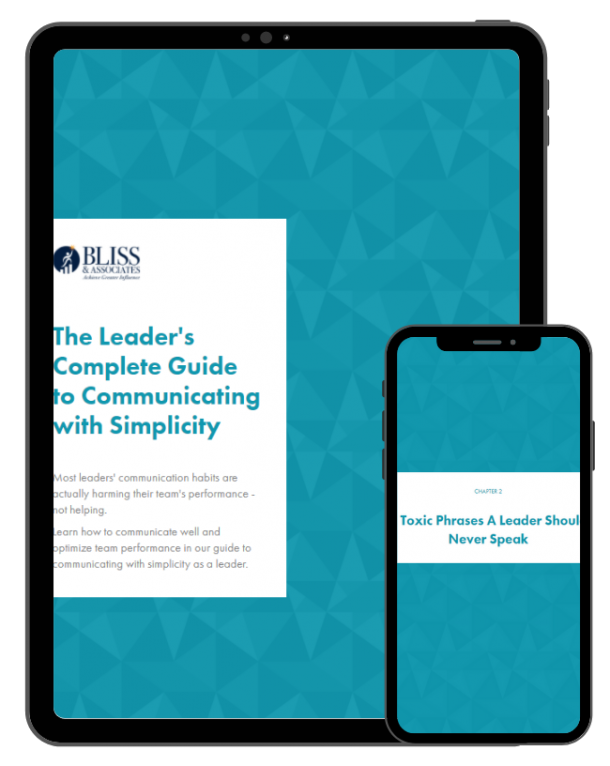Just about every client I have worked with or company I have been associated with have stated at one time or another that they have a problem with communication. Why? The specific circumstances are usually different, however, it generally boils down to misunderstandings, miscommunications, failing to communicate (as the famous line in that movie “What we have here is a failure to communicate”) or under-communicating.
Why is communication so important in a company? Because everything we do in that company is based on accomplishing something for the customer, the boss, the stockholders, employees, community, or some other cause. If we don’t understand or know what the desired outcome is, how can we effectively accomplish the goal? Therefore, communicating the desired outcome is critically important to success.
So what is effective communication? For purposes of this discussion, allow me to define effective communication as the process by which we either send or receive a message that ensures the exact meaning we intend it to mean. Think of a time when an employee did not accomplish a particular task. If you take away any reason dealing with capability or performance, the reason can probably be traced to an ineffective communication event between you and the employee.
In communicating, you can play only one of two roles: that of the sender or the receiver. Effective communication happens when you send a message that is understood by the receiver. How do you do this?
You as the sender must do the following:
- Know what it is you want to communicate – an idea, a decision, a request for information.
- Know your audience — would you speak to a two-year-old the same way you would speak to your top salesperson? Probably not, so you need to use different words.
- Prepare a clear and concise message.
- Ask the receiver for their understanding of your message. When you ask the person to paraphrase what you just said, it helps the receiver process the message and repeat what they think they heard. This allows you to assess their level of understanding. If it is not correct, you can make corrections right there and then.
You as the receiver must do the following:
- Listen clearly for the message; repeat what you have heard to ensure you understand the intended meaning.
- Ask questions to clarify the intended meaning.
- “Listen” for body language…if the words and the body language do not agree, ask the person for more information, or ask them to clarify the message. This will prevent the “he said one thing but really meant another” situation.
- Let the person state their full message before you respond or interrupt or finish their sentence.
When you have determined that a particular problem has been caused by any of the communication reasons (miscommunication, misunderstanding, under-communicating), see if you followed the steps above. Effective communication requires that both the sender and receiver have the same understanding of the message the sender intends.
As you are now armed with a new tool to ensure effective communication, you must take responsibility for both the sender and receiver, until your employees have learned this tool as well. Try it out and you will see that it works.

